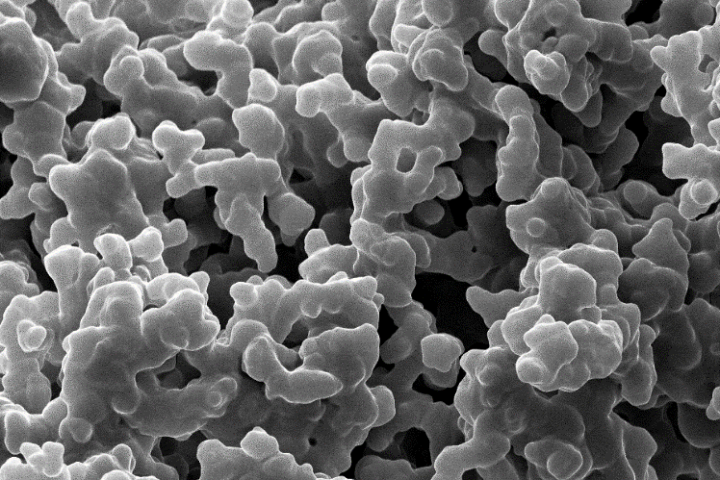Life has been found in an environment that would be extremely inhospitable for most organisms living on this planet.Fed by water that runs through 600 meters of permafrost, the sub-zero, salty, nearly oxygen-free Lost Hammer Spring in the Canadian Arctic is one of the harshest places on Earth. But even here, life finds a way to exist.

Scientists have found microbes thriving in the brine seeping from deep within the permafrost, and this could give a clue about extraterrestrial microbial life that could be found on Europa, Enceladus or Mars, if it exists.
Life in extraterrestrial environments is certainly not easy to find. Scientists think that studying life in regions where life on Earth is very difficult will be useful when studying extraterrestrial possibilities. Ocean worlds like Jupiter’s moon Europa and Saturn’s moon Enceladus may not seem to have much in common with a desert world like Mars, but they have some features that are reasonably similar.
Evidence suggests that extremely cold, salty oceans may lurk beneath the ice crusts of Europa and Enceladus. Mars may also have liquid salty lakes locked beneath its surface. These environments are probably hypersaline. Since salts lower the freezing point of water, these environments are probably also sub-zero. It is also highly likely that they are extremely low in oxygen.
Recently, scientists found evidence that there may be extremely salty lakes under Mars’ south polar ice cap. While this discovery is still hotly debated, if there are lakes there, Lost Hammer Spring could be extremely similar to this region.
From the depths of permafrost, water seeps to the surface with very little dissolved oxygen, about 24 percent salinity and temperatures around minus 5 degrees Celsius. Imagine trying to live in this. Rest assured, it would be extremely difficult. But microbes have been found living in this region. Given its similarity to perhaps lakes on Mars, this is a promising development for the future.

“It took us several years of working with the sediment before we could successfully detect active microbial communities,” Magnuson said. “The salinity of the environment inhibits both the extraction and sequencing of microbes, so it was a very satisfying experience when we were able to find evidence of active microbial communities.”
The next step was to roughly characterize the microbial community. For this, the team sorted the remnants of genetic material found in their samples and separated them into a large number of microbes belonging to various known microbial phyla.
Many of the microbes they found were completely new to science and had special evolutions that allowed them to not only live but thrive in a place like Lost Hammer Spring.
“The microbes we found and identified at Lost Hammer Spring are amazing because, unlike other microorganisms, they don’t need organic matter or oxygen to live,” said microbiologist Lyle Whyte of McGill University.
Instead, they survive by eating and breathing simple inorganic compounds such as methane, sulfides, sulfate, carbon monoxide and carbon dioxide, all of which are found on Mars.
Such metabolisms are known as chemolithotrophic and are found only in microbial organisms and usually in highly extreme environments.
The team plans to cultivate some of the most active members of the microbial community and study them to learn more about how they adapt to thrive in such an inhospitable environment. This information could help us better understand these types of organisms that have the potential to emerge in places like Mars, the researchers said.
The team’s research was published in The ISME Journal.




